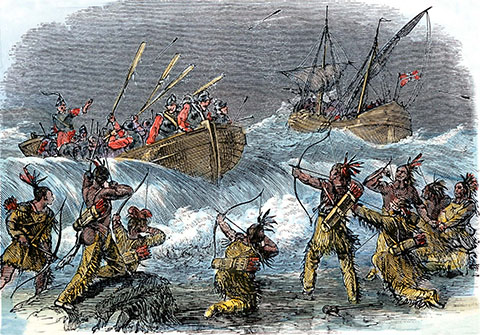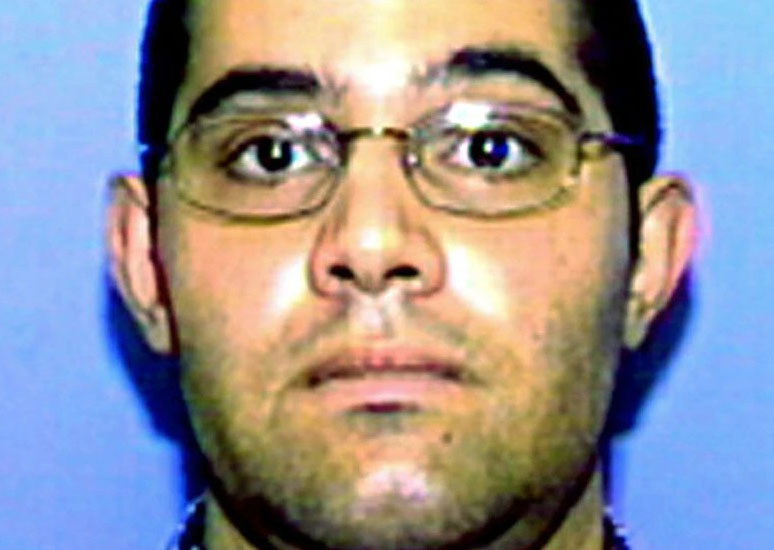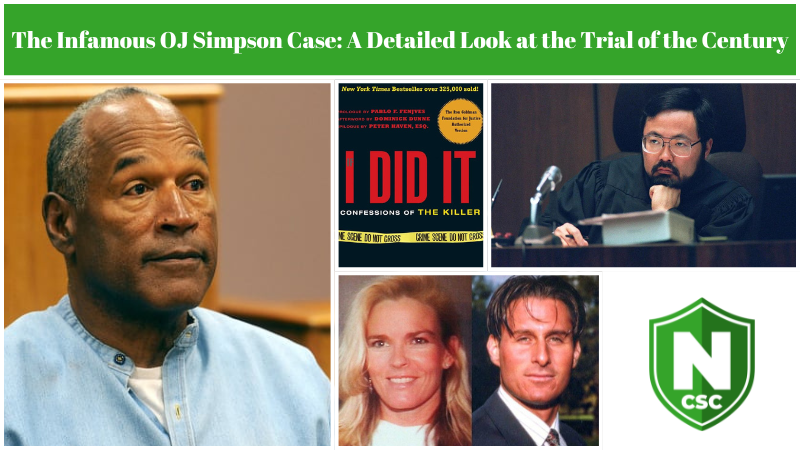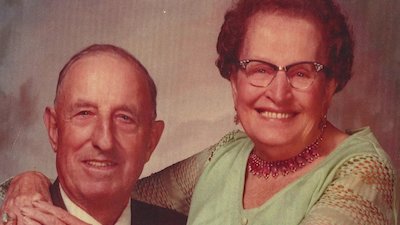Famous Thanksgiving Massacres That Haunt America

The dissipation of the indigenous population has become a manipulated piece of local Long Island history by advocates of racial strife, very similar to the confusion surrounding Thanksgiving.
When we think of Thanksgiving, we shouldn’t immediately think of massacres. We should think of food, family, and hopefully, peace. Maybe a healthy bit of armageddon at the dinner table. We’ve all been through it at least once. But remember, as bad as you think you might have it, there are families and communities struggling through worse, especially during the holidays. Yes, even during Christmas.
In particular, we’re referring to the ramifications from these famous massacres:
Thanksgiving Massacre in Jupiter, Florida (2009)
The Jupiter Massacre was tragedy that continues to raise hairs more than ten years later. Paul Merhige had left the scene of his extended family’s home resembling a Halloween crime scene instead a day of gratitude. Merhige had carried a gun inside his family’s home for three hours before rapidly firing and slaying several family members.

The photo of Paul Merhige as it appeared on America’s Most Wanted.
35 year old Merhige killed his 33 year old twin sisters, one who was pregnant, his 76 year old aunt, and his sleeping cousin’s 6 year old daughter, Makayla. He also shot and injured guests and other family members before running from the scene.
Some of the family members felt premonitions that the killings were going to happen. Survivors had even heard Merhige muttering, “I have been waiting 20 years to do this” during his rampage. This led to much interfamily turmoil, with in-laws suing the Merhige’s for failing to prevent the killings.
Similar to other domestic homicides or familicides, Merhige went missing for weeks until a tipster recognized him from an airing of America’s Most Wanted. He had been living off cash savings he’d withdrawn from the bank days prior to thanksgiving. He had assumed a new name with a low profile in the Florida keys.
When he was found and arrested, he plead guilty, avoiding the death penalty by being sentenced to serve seven life terms instead. Still, the magnitude of the event continues to shake the community and family to this day.
Mystic Massacre (The 1637 Pequot Indian Massacre)

The Pequot War resulted in over 500 deaths. However, while the mass killing was terrible and unforgivable, it did not result in the observance of the federalized Thanksgiving holiday.
The 1637 Pequot Massacre has many names, including the Mystic Massacre or simply, the Indian Thanksgiving massacre. Over 400 years ago the Pequot tribe was slaughtered by English puritans in Mystic, CT. It’s estimated that over 500 Native American villagers (including children) were slaughtered, but some sources estimate over 700 deaths. At the time, the Governor of the Massachusetts Bay Colony had ordered the slaughter of the Pequot people to relinquish their land.
This event has remained associated in the public’s conscience from social media campaigns and ongoing controversy over Native American victimization in the United States. It’s debatable on whether or not this had any bearing on the actual holiday, however, as it has been debunked several times in the past.
Was thanksgiving really the Indian massacre?
No. The entire war had happened during the Summer of 1637, not during the Fall, or November. So how has the Indian Massacre been associated?
Several professors and historians have highlighted documents that show the Massachusetts Bay Colony Governor, John Withrop, had celebrated the genocide of the Pequot people with a “day of thanksgiving” the following day. And let’s not forget all the wrongdoings against Native Americans throughout the years. There were many celebrations declared following the genocide of Native American people in the colonies.
However, the federalized holiday shares only a coincidental namesake. In reality, the holiday was enacted by Abraham Lincoln in October 1863, hundreds of years later. The intention had nothing to do with Native Americans, but instead to inspire a period of patriotic gratitude and unite the country after the civil war.
Celebrate and Express Gratitude Guilt Free
“Thanksgiving” is really more of a term to describe a celebration of gratitude. The meaning behind that is really up to the person celebrating.
So this holiday, find a refreshed sense of gratitude to the fact that the holiday is a day that’s yours to claim. Be thankful for what means the most to you. Trust us, as crime scene cleaners, we know it all too well.




